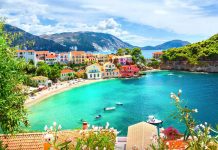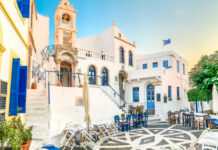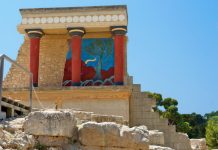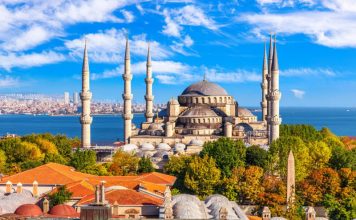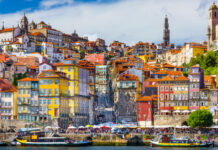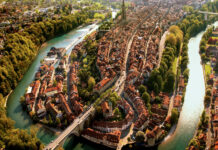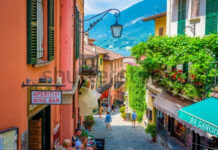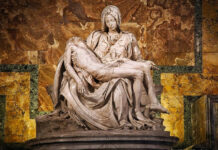Leonardo da Vinci (1452-1519)

Known as the epitome of the Renaissance Man, Leonardo da Vinci’s genius extended far beyond his artistic prowess. His iconic works such as “Mona Lisa” and “The Last Supper” remain unparalleled in their technical finesse and emotive depth. Da Vinci’s relentless curiosity and inventive spirit transcended conventional boundaries, making him an exemplar of artistic excellence.
Michelangelo Buonarroti (1475-1564)
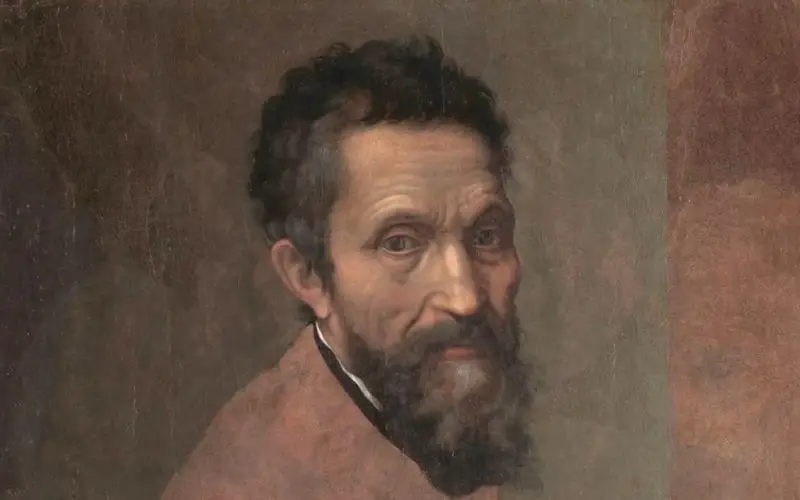
Michelangelo, a towering figure of the High Renaissance, left an enduring legacy with his awe-inspiring sculptures, frescoes, and architectural marvels. His masterpieces like the ceiling of the Sistine Chapel and the statue of David showcase his unparalleled skill, embodying perfection and human beauty.
Raphael (1483-1520)
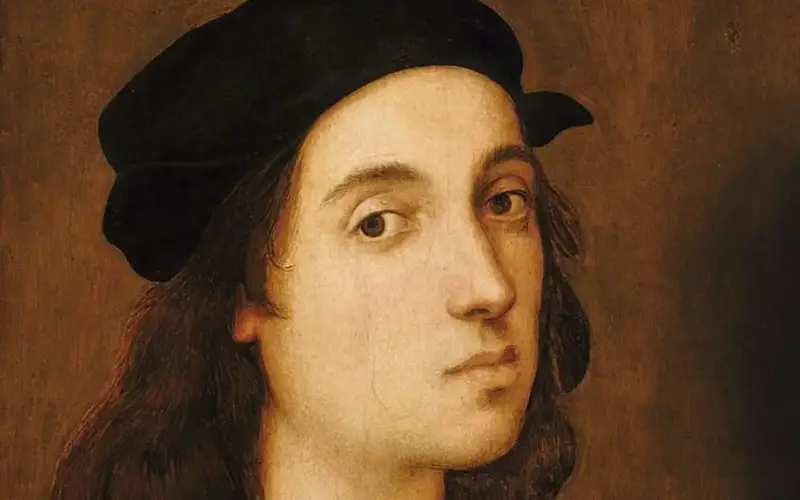
Revered for his grace and harmony in painting, Raphael’s artistic brilliance shines through his serene and balanced compositions. His works, including “The School of Athens” and “The Sistine Madonna,” reflect his exceptional talent in creating harmony between form and content, solidifying his place among the greatest artists of all time.
Caravaggio (1571-1610)
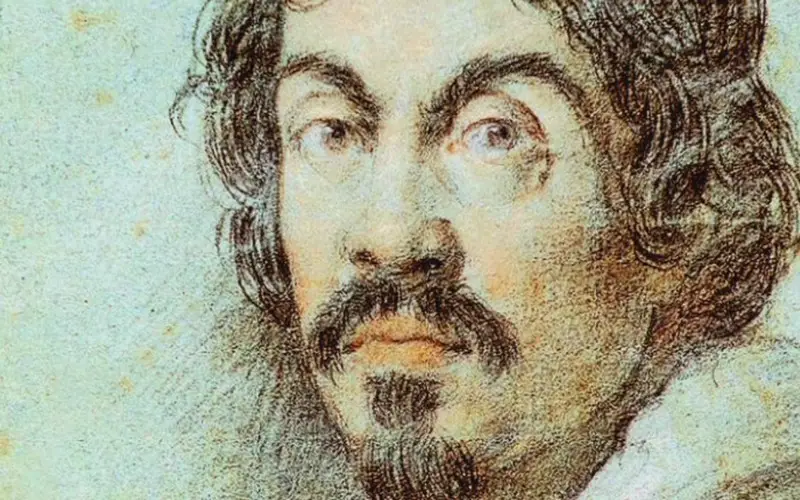
Caravaggio, a revolutionary Baroque painter, made an indelible mark with his dramatic use of light and shadow, known as chiaroscuro. His emotionally charged works, such as “The Calling of Saint Matthew” and “The Supper at Emmaus,” captivate viewers with their realism and intense theatricality.
Titian (1488-1576)

An influential figure in the Venetian school of painting, Titian’s mastery of color and brushwork set him apart. His richly hued, sensuous paintings like “Bacchus and Ariadne” and “Venus of Urbino” showcase his unparalleled ability to infuse warmth and life into his canvases.
Giotto di Bondone (1266/67-1337)
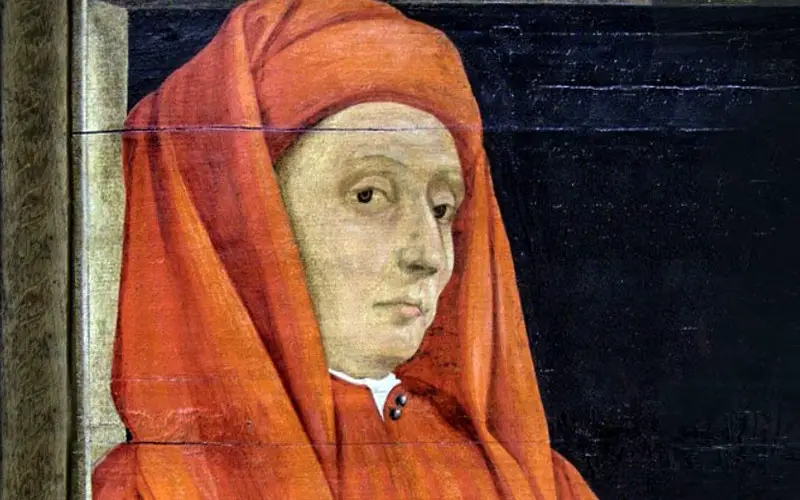
Often hailed as the pioneer of the Italian Renaissance, Giotto’s revolutionary approach to painting laid the groundwork for the artistic innovations of subsequent generations. His frescoes, notably in the Scrovegni Chapel, marked a departure from the flatness of medieval art, introducing depth and realism.
Sandro Botticelli (1445-1510)

Botticelli’s ethereal and poetic style, evident in iconic works like “The Birth of Venus” and “Primavera,” captures the essence of beauty and mythology. His delicate use of line and color, combined with mythological themes, embodies the spirit of the Florentine Renaissance.




